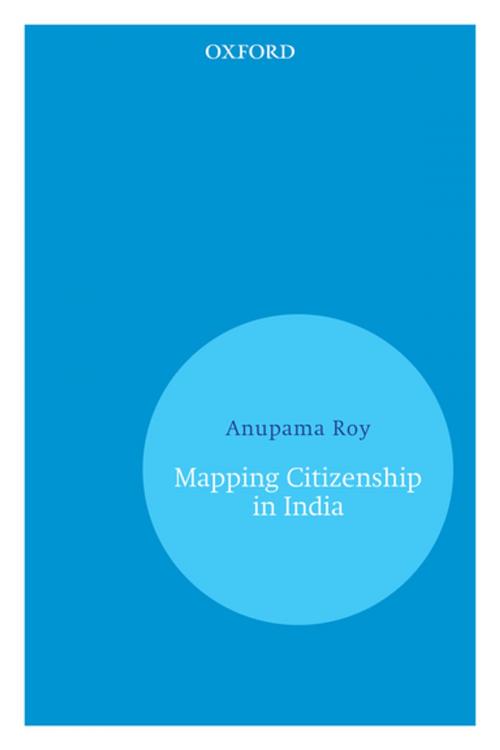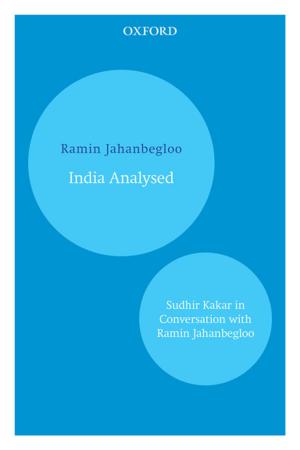| Author: | Anupama Roy | ISBN: | 9780199088201 |
| Publisher: | OUP India | Publication: | October 18, 2010 |
| Imprint: | OUP India | Language: | English |
| Author: | Anupama Roy |
| ISBN: | 9780199088201 |
| Publisher: | OUP India |
| Publication: | October 18, 2010 |
| Imprint: | OUP India |
| Language: | English |
Contributing to the ongoing debates on citizenship, this book traces the Citizenship Act of India, 1955 from its inception, through the various amendments in 1986, 2003, and 2005. It includes detailed studies of other significant laws and judgments including the Abducted Persons (Recovery and Rehabilitation) Act (1949), and the Illegal Migrants Determination by Tribunals Act (1983) to show how citizenship unfolded among differentially located individuals, communities, and groups. The book argues that the citizenship laws in India show a steady movement towards the affirmation of citizenship's relationship with blood-ties and descent. The volume identifies amendments in the Citizenship Act as transitions which are framed by major historical choices and decisions. It examines the liminal categories of citizenship produced in the period between the commencement of the Constitution and the enactment of the Citizenship Act, which continue to make citizenship fraught with uncertainties and exclusions. Through a discussion of laws and judgments, the work also brings out the relationship between citizenship and migration in independent India, in particular in the wake of migration from Bangladesh and distress migration because of the breakdown of rural economies.
Contributing to the ongoing debates on citizenship, this book traces the Citizenship Act of India, 1955 from its inception, through the various amendments in 1986, 2003, and 2005. It includes detailed studies of other significant laws and judgments including the Abducted Persons (Recovery and Rehabilitation) Act (1949), and the Illegal Migrants Determination by Tribunals Act (1983) to show how citizenship unfolded among differentially located individuals, communities, and groups. The book argues that the citizenship laws in India show a steady movement towards the affirmation of citizenship's relationship with blood-ties and descent. The volume identifies amendments in the Citizenship Act as transitions which are framed by major historical choices and decisions. It examines the liminal categories of citizenship produced in the period between the commencement of the Constitution and the enactment of the Citizenship Act, which continue to make citizenship fraught with uncertainties and exclusions. Through a discussion of laws and judgments, the work also brings out the relationship between citizenship and migration in independent India, in particular in the wake of migration from Bangladesh and distress migration because of the breakdown of rural economies.















